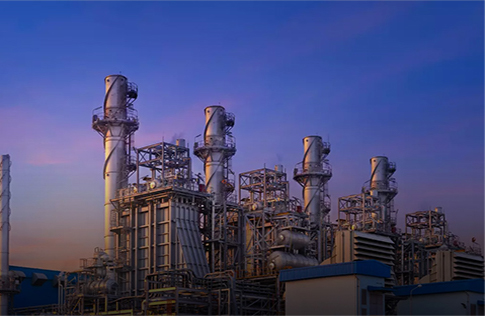-
Cangzhou Yulong Steel Co., Ltd.
-
Phone:
+86 13303177267 -
Email:
admin@ylsteelfittings.com

Sep . 21, 2024 22:45 Back to list
en 1092 1 type 01
Understanding EN 1092-1 An Overview of Flange Standards
In the world of engineering and manufacturing, standardization plays a crucial role in ensuring safety, compatibility, and efficiency in various applications. One such standard that is pivotal in the context of flanges is EN 1092-1. This European standard defines the requirements for circular flanges used in pipe systems for various industries, including oil and gas, water treatment, and power generation. By understanding EN 1092-1, we can appreciate its significance in facilitating international trade and maintaining high engineering standards.
Understanding EN 1092-1 An Overview of Flange Standards
One of the core aspects of EN 1092-1 is its emphasis on safety and reliability. The standard stipulates testing requirements that ensure the flanges can withstand the specified pressure and temperature conditions. This is particularly important in high-stakes industries where even a minor failure can lead to catastrophic consequences. By adhering to these specifications, manufacturers can produce flanges that not only meet regulatory requirements but also instill confidence in their clients regarding product performance and longevity.
en 1092 1 type 01

Material selection is another critical component of EN 1092-1. The standard lists specific materials that are deemed suitable for flange production, taking into account factors such as corrosion resistance, strength, and compatibility with various fluids. Common materials include carbon steel, stainless steel, and alloy steels, each offering different advantages depending on the intended application. This guideline ensures that the flanges can operate in diverse environments, from high-pressure steam systems to corrosive chemical pipelines.
The versatility of EN 1092-1 extends beyond its mechanical properties. The standard also provides guidelines for the marking of flanges, which is essential for identification and traceability. Each flange must be marked with crucial information, including the manufacturer's name, the standard designation, size, and pressure class. This not only helps in maintaining quality control during production but also facilitates easier integration into existing systems by providing clear and recognizable specifications.
In terms of global impact, EN 1092-1 contributes to the harmonization of standards across Europe and beyond. By providing a universally accepted reference for flange dimensions and performance, it enables manufacturers to produce components that are interchangeable and compatible across different systems and geographical locations. This can significantly reduce costs and improve efficiency in supply chains, as companies are less likely to face challenges related to incompatible parts.
In conclusion, EN 1092-1 plays an integral role in the manufacturing and application of flanges within various industries. Its comprehensive guidelines on design, materials, testing, and marking ensure that flanges meet safety and performance standards, ultimately leading to more reliable and efficient systems. As industries continue to evolve, the importance of such standards becomes increasingly evident, helping to drive innovation while ensuring safety and compatibility across borders. Understanding and implementing EN 1092-1 is not just beneficial; it is essential for modern engineering practices.
Latest news
-
ANSI 150P SS304 SO FLANGE
NewsFeb.14,2025
-
ASTM A333GR6 STEEL PIPE
NewsJan.20,2025
-
ANSI B16.5 WELDING NECK FLANGE
NewsJan.15,2026
-
ANSI B16.5 SLIP-ON FLANGE
NewsApr.19,2024
-
DIN86044 PLATE FLANGE
NewsApr.19,2024
-
DIN2527 BLIND FLANGE
NewsApr.12,2024
-
JIS B2311 Butt-Welding Fittings LR/SR 45°/90° /180°Seamless/Weld
NewsApr.23,2024
-
DIN2605-2617 Butt-Welding Fittings LR/SR 45°/90°/180° Seamless/Weld
NewsApr.23,2024











